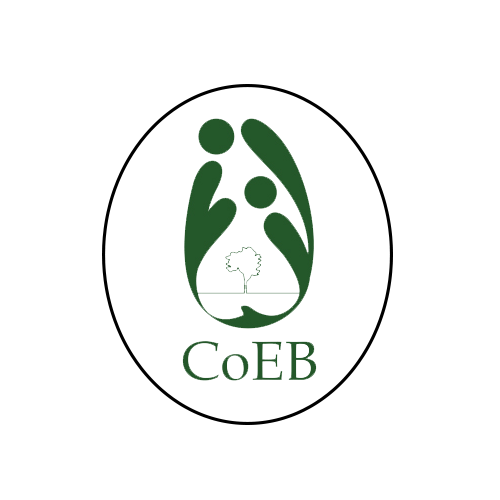Quick Search
Collection Profile for:
Plants - National Herbarium of Rwanda (NHR-UR)
The National Herbarium of Rwanda was founded in 1965 during the Belgian colonial period as part of the Institut de Recherche Scientifique en Afrique Centrale (IRSAC) which later became the Institut de Recherche Scientifique et Technologique (IRST) and subsequently the National Industrial Research and Development Agency (NIRDA). It was officially transferred to the University of Rwanda in August 2018 to preserve the collection. The collection was moved and rehoused in a repurposed building at the University of Rwanda, Huye and reopened in December 2018. Beginning in 2019, databasing of the herbarium specimen label data beggan and an emphasis on digitizing the collection has been prioritized since 2020.
Presently, the herbarium holds more than 23,000 plant specimens with major plant collectors including G. Troupin, G. Bouxin, M. Radoux, Georges Michel, B. Runyinya, Paul Auquier, Paul van der Veken, J. Mvukiyumwami, Jean Raynal, Jacques Lambinon, A.R. Christiaensen, and Paul Bamps. It serves as a national reference centre and research is primarily focused on plant taxonomy, distribution, plant use and the conservation of Rwanda and East African plants. Investigation in plant distribution has been based on specific forest inventory and landscape surveys. A library collection is housed in the herbarium and serves as an indispensable research source. The Herbarium staff offer plant identification service which can be used by local and international researchers as well as by interested members of the public.
Contacts:
-
Collections Manager: Sandrine Uwase, coeb@ur.ac.rw
-
Assistant Collections Manager: Pascal Sibomana, sibomanapascal20@gmail.com (ORCID #: 0009-0002-2555-3659)
-
Data Curator: Dr. Michael Thomas, michaelthomas.bdi@gmail.com
Plants - National Herbarium of Rwanda. Occurrence dataset (ID: 9a530acf-68c1-474d-9a72-c5387df20e76) accessed via the Rwanda Biodiversity Specimen Portal, rwandabiodiversity.net, 2025-10-18).
Address:
Collection Statistics
- 19 specimen records
- 1 (5%) georeferenced
- 4 (21%) with media (7 total media)
- 1 GenBank genetic references
- 12 (63%) identified to species
- 12 families
- 15 genera
- 12 species
- 12 total taxa (including subsp. and var.)

